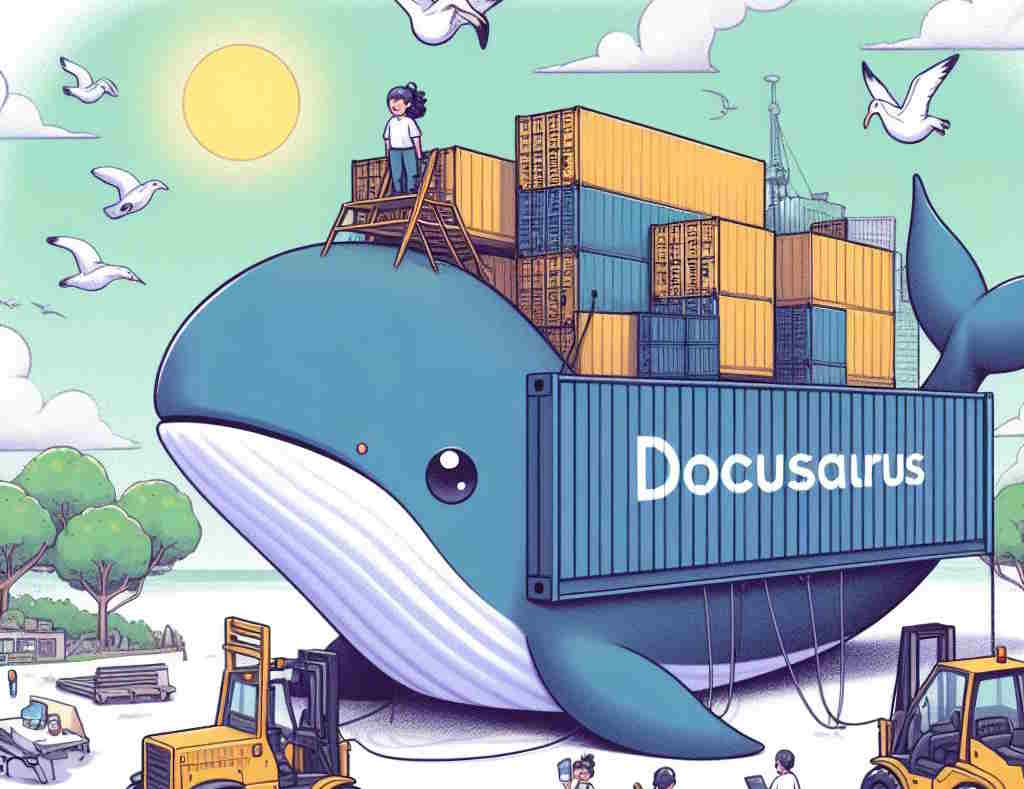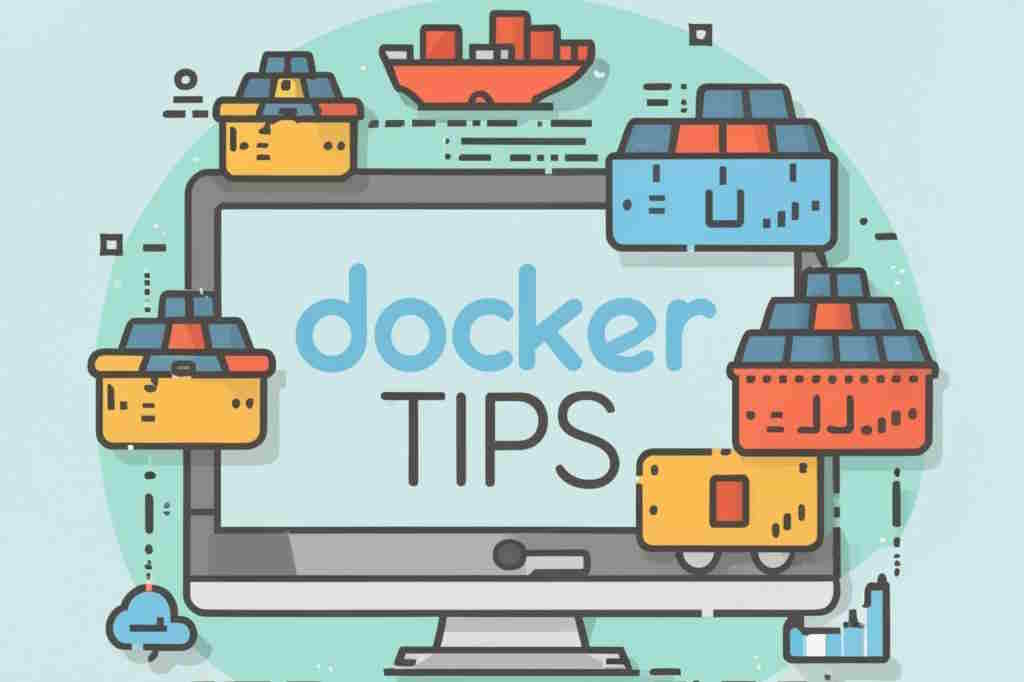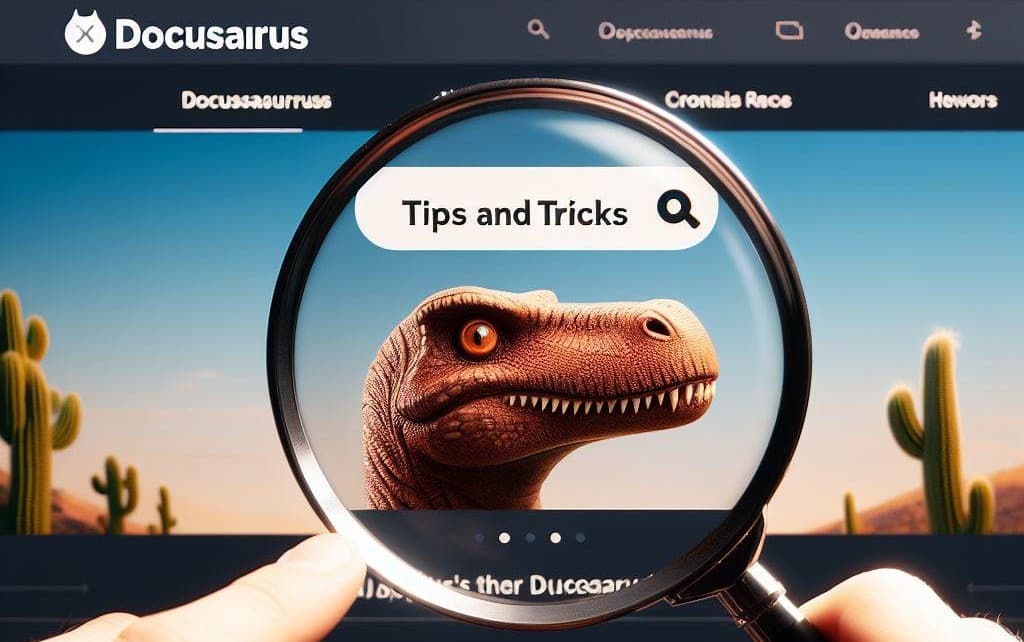Introduction to Behat

At work, I'm part of a team of PHP developers where we work together to create a very large proprietary application with a web interface.
This application is developed using the Laravel framework and we use PHPUnit and Pest to run our unit tests.
However, in addition to the unit tests, we are also putting in place a tool that will simulate actions on our interface, such as accessing the login page, entering a login and password, simulating the click on the 'login' button, wait our main screen is displayed then, on the new page, assert a lot of things / do a lot of tasks.
It's a bit like asking a human to play out scenarios over and over again, every day, to make sure we haven't introduced any regressions in our latest developments, like a cool new feature whose code changes have broken a previous feature.
For this, we're using Behat. This is a PHP composer dependency you can add to your project (or a new one). The idea is to be able to write assertions in pure English (or French) like "I go to the ABC website then I click on the blog menu item and I should receive a list of blog items" or "In the search box, I type Docker then I click on the search button and I should receive articles having the Docker tags".
In this article, we'll learn more about Behat and how to use it for a first test.







